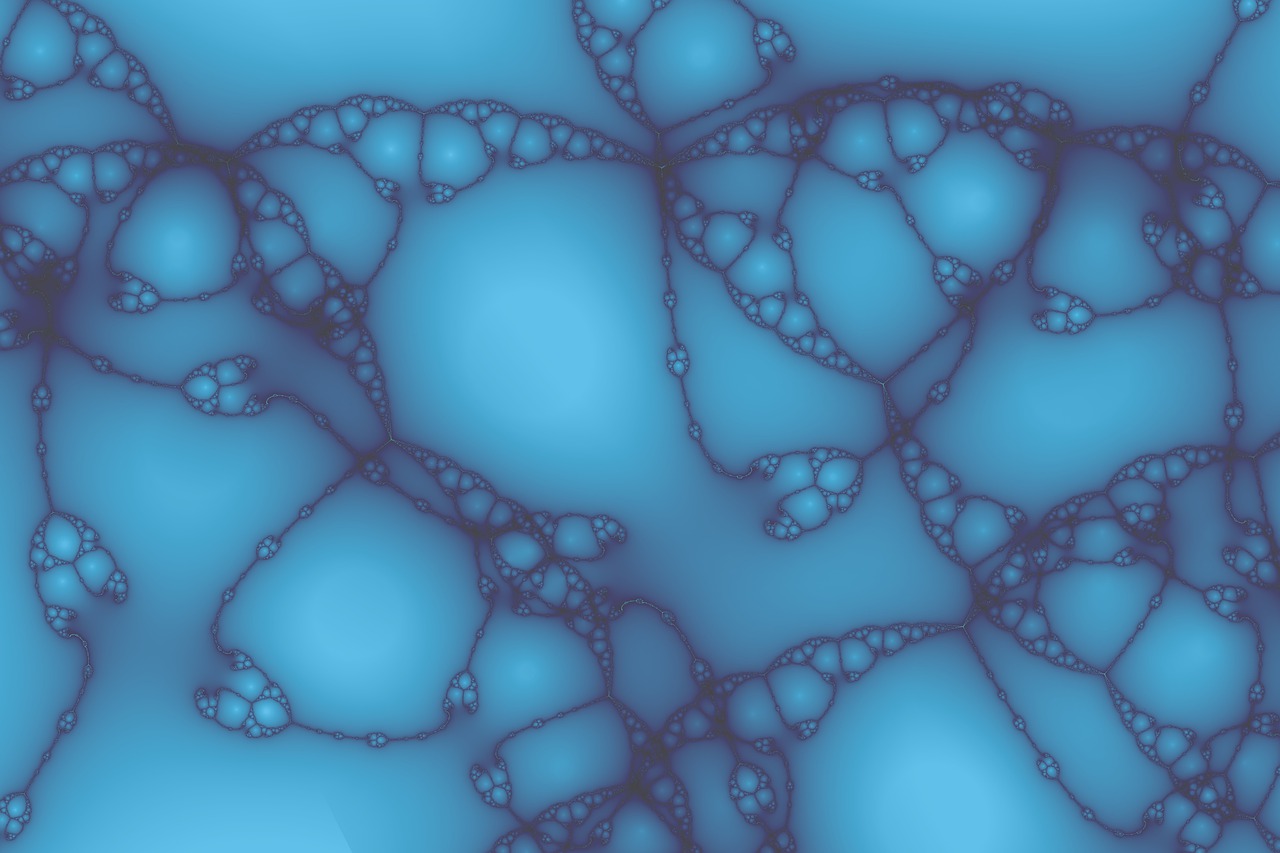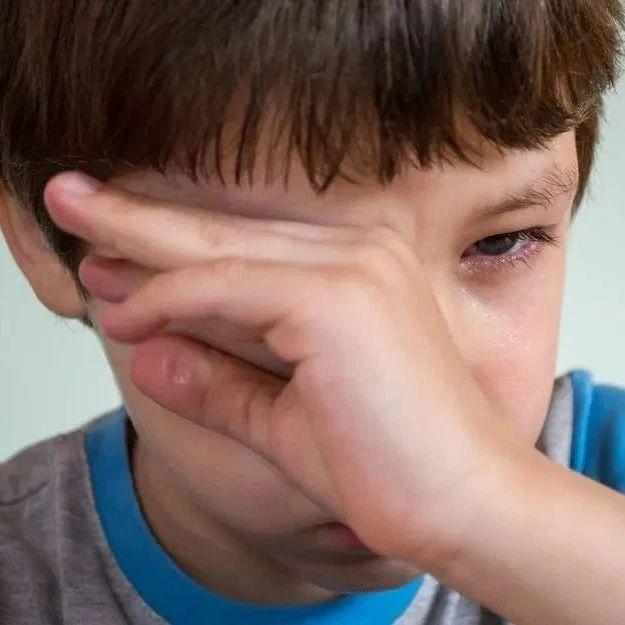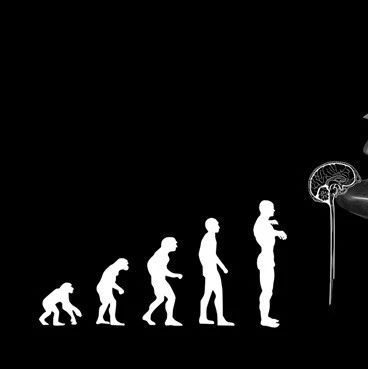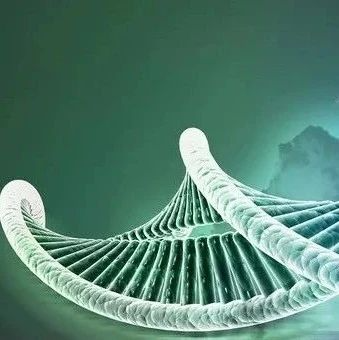在可预计的将来,全球范围内城市化仍将持续高速发展。深入研究和长远理解城市化程度与生物多样性的关系更加重要,对未来城市规划与建设以及物种多样性保护有重要指导意义。
中科院动物研究所张润志研究组利用北京特殊的城市环状扩展格局,对北京市六环路以内的25个公园和绿化带中的柳树树干栖息昆虫进行3年的系统调查与监测;以环城路为城市化梯度,探讨了昆虫多样性沿城市化梯度的变化格局及其与城市扩展所带来的环境变化之间的关系。结果表明,城市扩张对昆虫多样性有明显影响;在距市中心30km范围内,每向市中心靠近5km,就减少1个物种和60%的个体数量;同时,昆虫多样性的下降格局与城市景观隔离程度、不透水层面积比例等景观变量存在着显著的相关性。
上述研究结果进一步证实,城市化是目前全球生物多样性最重要的影响因素之一。因此,为更大程度上发挥城市绿地的生物多样性保护功能,在重视增加园林绿化地比例的同时,适度控制市区建设用地的比例,优化景观结构,增强城市绿地之间的连通性等,也是非常重要的。
相关研究结果最近发表在《园林与城市规划》(Landscape and Urban Planning)和《昆虫保护杂志》(Journal of Insect Conservation)杂志。研究工作是在中科院农业项目办公室、国家自然科学基金和科技部有关项目的支持下完成,并得到中科院研究生科技创新专项资助。(来源:中科院动物研究所)
更多阅读
《园林与城市规划》发表论文摘要(英文)
《昆虫保护杂志 》发表论文摘要(英文)
doi:10.1016/j.landurbplan.2010.03.004
Degree of urbanization influences the persistence of Dorytomus weevils (Coleoptera: Curculionoidae) in Beijing, China
Dingcheng Huanga, c, , Zhimin Sua, c, , Runzhi Zhanga, b, , and Lian Pin Kohd,
a Key Laboratory of Zoological Systematics and Evolution, Institute of Zoology, Chinese Academy of Sciences, No. 1 Beichen West Road, Chaoyang District, Beijing 100101, PR China
b State Key Laboratory of Integrated Management of Pest Insects and Rodents, Institute of Zoology, Chinese Academy of Sciences, No. 1 Beichen West Road, Chaoyang District, Beijing 100101, PR China
c Graduate University of Chinese Academy of Sciences, 19A Yuquan Road, Shijingshan District, Beijing 100049, PR China
d Institute of Terrestrial Ecosystems, ETH Zürich, Universitätstrasse 16, Zürich 8092, Switzerland
Received 15 May 2009; revised 4 March 2010; accepted 12 March 2010. Available online 13 April 2010.
Abstract
As degree of urbanization continues to increase, a better understanding of the relationship between degree of urbanization and level of biodiversity is important for developing strategies to mitigate detrimental impacts of urbanization and to build sustainable cities. Dorytomus Gemar weevils are host specific on Salix L. and Populus L. trees which are commonly used for urban afforesting and greening and abundant in Beijing metropolitan area which can be divided into five concentric zones. We aim to reveal their distribution pattern and identify important determinants of their persistence in those zones. Our results showed that Dorytomus species number and abundance decreased gradually from outskirt to urban center. This pattern could be predicted by built-up ratio within 1–3 km, distance to urban centre and to a possible nearest population source in outskirt, but not by hostplant species number and abundance, habitat size and shape measured at habitat scale. The results indicate that (i) there is a negative relationship between degree of urbanization and Dorytomus species persistence in urban areas; (ii) efforts for Dorytomus weevil conservation should not only focus on remnant revegetation, but also be directed to regulate the ratio of built-up area and minimize isolation from nearby occupied patches; and (iii) built-up ratio in inner city should be lower as urban sprawls. To better understand the relationship between urbanization degree and species persistence and to offer realistic suggestions for urban landscape planners, further research involving multiple taxa and the synthesis of the ecological responses of different taxonomical groups are needed.
Keywords: Built-up ratio; Distribution pattern; Habitat fragmentation; Isolation; Matrix threshold; Urban planning
Decline in the diversity of willow trunk-dwelling weevils (Coleoptera: Curculionoidea) as a result of urban expansion in Beijing, China
Received: 4 February 2010 Accepted: 30 June 2010 Published online: 21 July 2010
Abstract
Beijing, the capital and second largest city of China, expanded in a typical concentric pattern. The urbanized area consists of five concentric zones, which are based on the city’s ring road system. Willow trees (Salix spp.) are commonly planted and abundant in the city. In this study, we determined the effects of urbanization on willow trunk-dwelling weevils (Coleoptera: Curculionoidea) in a 3-year survey. Our results indicated that species richness and abundance decreased from outskirts to the urban center. It was estimated that within a 30-km limit, species richness and abundance might be reduced by 0.9 species and 59.3% of individuals per 5 km toward urban center. Landscape variables (e.g., the proportion of impervious surface and distance to urban center) explained 59.4% of species richness and 43.9% of species abundance. Local variables (e.g., plant resources and site size) explained only 4.9% of species richness and 4.7% of species abundance. Our results show that there is a negative relationship between urban expansion and weevil diversity. There are several ways in which such detrimental effects on biodiversity could be mitigated: (1) Optimization of urban landscape structures, as well as vegetation planting; (2) increasing connectivity between urban remnants and natural landscapes in the outskirts of the city; and (3) limiting the proportion of impervious surface in inner urban zones.
Keywords Biodiversity - Urbanization - Fragmentation - Impervious surface - Isolation - Partial least squares regression







